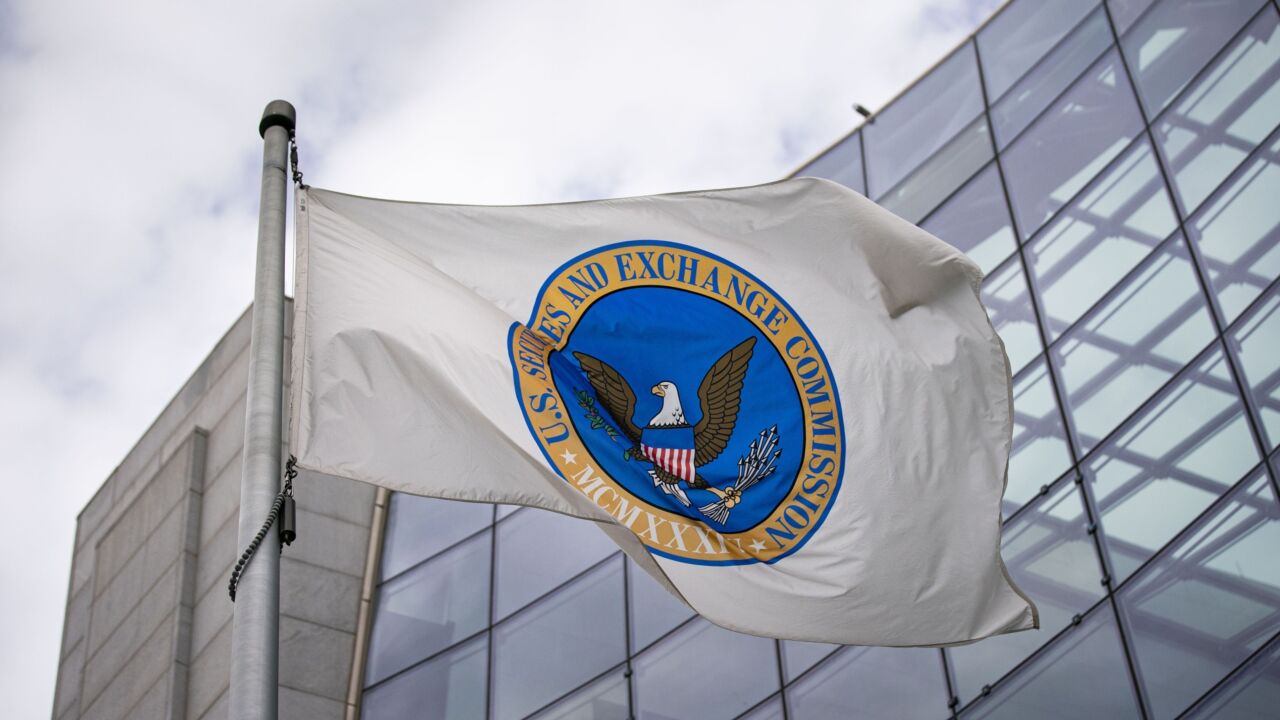Morgan Stanley is finally entering a 30-year-old exchange-traded fund market, but the firm is likely to lean toward active management to stand out in a crowded field, analysts say.
Actively managed ETFs, which rely on fund managers rather than tracking indices, have only been around since 2008, so analysts say there is much more room for growth in that part of the ETF market. As for why Morgan Stanley is making this move now, they say it’s simply a case of responding to client demand.
“Just like every major asset manager under the sun, they realize the ETF is the investment wrapper of choice for a larger number of clients,” said Ben Johnson, director of global exchange-traded fund research for Morningstar. “To not include ETFs puts them at risk of losing business.”
Johnson noted that other big asset managers, such as Dimensional Fund Advisors and Capital Group, are also relatively recent entrants into the market.
Actively managed ETFs are a likely route for Morgan Stanley, said Todd Rosenbluth, head of research at ETF Trends.
“I think the big thing is we’ve seen a notable shift in advisor and end-investor comfort with actively managed ETFs,” he said. “They remain a very small piece of the ETF pie though. Most track an index like the S&P 500, the Russell 1000, the Bloomberg Agg (bond index), but we have seen growth in active, fixed-income and equity ETFs. I presume that’s the route they will go. They have a big team of stock pickers and bond managers tied to mutual funds. It’s early for active management, but it’s gaining traction.”
Investment News reported that Morgan Stanley has hired people from Goldman Sachs and BlackRock to lead the initiative. The report said Anthony Rochte of Goldman will be global head of ETFs and Allyson Wallace of BlackRock, who has expertise in fixed income, will be global head of ETFs capital markets. Prior to Goldman, Rochte helped launch the ETF platform at Fidelity Investments.
Johnson said it remains to be seen exactly what Morgan has planned for its platform, saying it may include both active and passive strategies.
“They may repackage existing strategies into ETFs in a way similar to what we’ve seen from Fidelity, as well as T. Rowe Price and others,” he said. “They could also launch an entire suite of basic ETFs, dirt-cheap index ETFs that they could use as raw material for their model portfolios, which they could deliver through their advice business.”
Johnson said it will be important that Morgan Stanley’s portfolio managers are comfortable operating in an ETF format.
“The biggest potential hangup is transparency,” he said. “Many active managers are reticent to be managing money in a way that involves showing their portfolio to the market each and every day, like a poker player with their cards all laid out on the table (since ETFs are publicly traded).”
He said the other drawback of the ETF wrapper is that managers forfeit their right to say no to new money. A manager can close a mutual fund when he or she just has too much money and doesn’t know where to put it all. But you can’t close an ETF, he noted.
“The first issue can be addressed by offering the option of an active, non-transparent ETF,” said Johnson, referring to ETFs which report the assets they hold monthly or quarterly rather than daily, and in some cases don’t report how much they hold.
Johnson and Rosenbluth both emphasized the importance of the distribution channels Morgan has.
“Schwab executed that play very successfully,” said Johnson. “There were already funds that looked a lot like theirs, but they had a leg up in terms of distribution. Morgan Stanley, in theory, is in a similar position, given that their asset management unit is adjacent to their wealth management unit. It’s one of the largest distribution channels in the U.S. market.”
In the end, said Rosenbluth, the Morgan Stanley name should make up for any ground lost to a late start.
“The brand that Morgan Stanley has, the distribution that its advisors and other advisors provide,” he said. “They may be late to the party ,but the party is far from over.”







